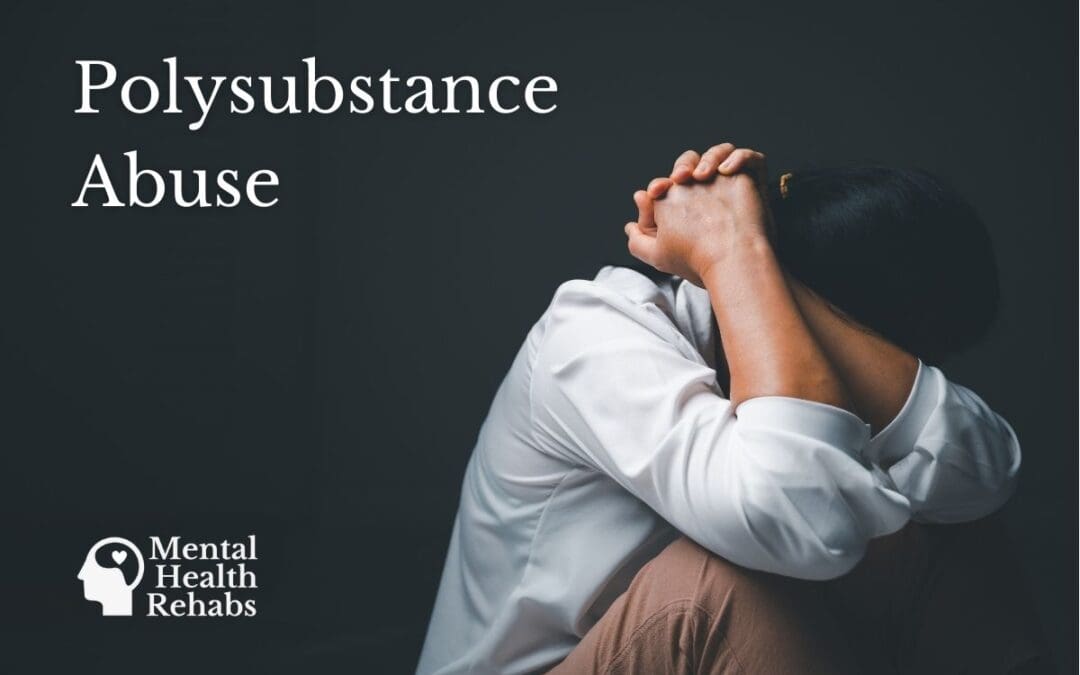Polysubstance abuse, also known as multiple drug use, is a pervasive issue affecting individuals worldwide. As the term implies, polysubstance abuse involves the misuse of more than one drug or substance simultaneously or sequentially. This complex form of substance abuse presents unique challenges in both diagnosis and treatment, often resulting in severe consequences for those affected.
Understanding Polysubstance Abuse and Its Prevalence
The concurrent or sequential misuse of multiple drugs or substances characterizes polysubstance abuse. This behavior is not driven by a preference for a specific drug but rather by the individual’s desire to experience altered states of consciousness or mitigate one substance’s adverse effects by using another.
Polysubstance abuse can lead to a condition known as combined drug intoxication (CDI), which increases the risk of adverse health effects, including overdose. The Centers for Disease Control and Prevention (CDC) reported that nearly half of the overdose deaths in 2019 involved multiple drugs.
The most common combinations of drugs often involve alcohol and opioids, but there are other, equally risky mixes such as:
- Alcohol and sedatives
- Cocaine and alcohol
- Cocaine and opioids
- Methamphetamine and opioids
- Opioid combinations
Risks of Polysubstance Abuse
Polysubstance abuse comes with numerous risks, many of which are amplified compared to the abuse of a single substance. The associated risks often stem from the unpredictable ways in which different substances can interact within the body.
Here are some of the main risks associated with polysubstance abuse:
- Increased chance of overdose: When multiple substances are used together, they can have additive or synergistic effects. This means that the combined impact of the substances can be greater than the effect of each drug individually, increasing the risk of overdose. For instance, combining opioids and benzodiazepines, both of which can depress the central nervous system, may result in dangerously slowed breathing, unconsciousness, or even death.
- Increased psychological risks: Polysubstance abuse can also exacerbate mental health issues. It can lead to or worsen anxiety, depression, psychosis, and other mental health disorders. The risk of suicide is also higher among individuals who abuse multiple substances.
- Worsened physical health: Polysubstance abuse can lead to a host of adverse health outcomes. Depending on the specific substances involved, these can include liver damage, heart disease, lung disease, kidney failure, and neurological damage.
- Complex withdrawal symptoms: Withdrawal from multiple substances can be more severe and complex than withdrawal from a single substance. This is because different substances can have different withdrawal timelines and symptoms, overlapping and interacting in unpredictable ways.
- Increased risk-taking behavior: Using multiple substances can significantly impair judgment and decision-making skills, leading to increased risk-taking behaviors. This could result in accidents, injuries, legal trouble, and harmful social and interpersonal consequences.
- Treatment challenges: Polysubstance abuse can complicate the treatment process. It can make diagnosing specific substance use disorders harder and manage withdrawal and treatment. It also often requires a more comprehensive and individualized approach to treatment.
Polysubstance Abuse Treatment
Addressing polysubstance abuse requires a comprehensive, multidimensional approach. Treatment must be individualized, taking into account the unique combination of substances used, the severity of the addiction, and the individual’s physical, psychological, and social needs. While treatment is unique to each person’s needs, it usually involves:
- Detoxification: The first step in treating polysubstance abuse is often detoxification, which involves medical supervision to manage withdrawal symptoms and ensure safety.
- Therapy and Counseling: Therapies such as Cognitive Behavioral Therapy (CBT) and Motivational Interviewing (MI) have proven to be effective in addressing the root causes of addiction, helping individuals develop coping strategies, and promoting behavioral changes.
- Medication-Assisted Treatment (MAT): Certain medications can be used to manage cravings and withdrawal symptoms, thereby reducing the risk of relapse.
- Aftercare and Support Groups: Long-term recovery often involves ongoing support, including regular check-ins with healthcare providers, participation in support groups, and continuous learning about addiction and relapse prevention.
Overcoming Polysubstance Abuse
Understanding polysubstance abuse is crucial in combating the ongoing substance abuse crisis. By recognizing the seriousness of this issue, society can focus on promoting effective prevention strategies and comprehensive treatment approaches that consider the complexity and individual nature of polysubstance abuse.
If you or a loved one struggle with polydrug addiction, seek professional help. Treatment and support can make a significant difference in overcoming addiction and preventing adverse health outcomes.

